This week, three Canadian provinces nominated immigration candidates through their respective Provincial Nomination Programs (PNPs). These programs, excluding Quebec and Nunavut, provide a route for economic class immigrants to settle and work in the nominating region.
It’s important to note that each province administers its own scoring system for evaluating PNP candidates independently, leading to the observed variations in results presented below.
Provincial Nomination Results – January 19th to 26th
British Columbia
On January 23rd, British Columbia (B.C.) extended invitations to immigration candidates through six streams of the B.C Provincial Nominee Program (BCPNP), totaling at least 216 Invitations to Apply (ITAs).
General draws were conducted in the Skilled Worker, Skilled Worker—Express Entry British Columbia (EEBC), International Graduate, and International Graduate EEBC streams, all requiring candidates with a minimum score of 120. Another general draw occurred in the Entry-Level and Semi-Skilled stream, inviting candidates with a minimum score of 98. These draws collectively resulted in 79 ITAs.
Furthermore, B.C. organized targeted draws under its Skilled Worker, International graduate (including EEBC option) stream, focusing on candidates with work experience in four professional categories: Childcare (66 ITAs), Construction (34 ITAs), Healthcare (36 ITAs), and Veterinary care (<5 ITAs). The minimum score for these draws was 60, with the Construction category requiring a higher score of 75.
Manitoba
On January 25th, Manitoba issued Notifications of Interest (NOIs) across three streams. In the Skilled Worker in Manitoba stream, 156 NOIs were issued to candidates with a minimum score of 772, who indicated completing post-secondary education in Manitoba. The International Education Stream invited 78 candidates without specifying a cut-off score, while the Skilled Worker Overseas stream issued 41 NOIs with a minimum score of 713.
Out of the total 275 NOIs, 29 were given to candidates with an Express Entry profile.
Ontario
This week, the Ontario PNP (OINP) conducted two draws. On January 19th, 1,654 candidates were invited through the Employer Job Offer Foreign Worker stream, requiring a minimum score of 50. On January 24th, 12 targeted invitations were issued under the same stream for candidates eligible for the federal Economic Mobility Pathways Project.
On the same day, Ontario invited candidates through two additional draws in the Masters Graduate and PhD Graduate streams, without specifying the number of ITAs. The Master’s Graduate stream required a score of 50 or above, while the PhD Graduate stream required a minimum score of 45.
On January 19th, OINP announced reaching its nomination allocation for 2023, having issued 16,500 nominations (ITAs) across all streams.
Growing Importance of the PNP
While currently holding a lower allocation in the immigration levels plan (2024-2026), the PNP is poised to become Canada’s primary economic pathway for immigrants starting in 2025. With an annual allocation exceeding 110,000, PNPs collectively constitute over a fifth of all annual immigrant allocations across Canada.
These programs aim to distribute the benefits of immigration throughout Canada, focusing on areas where smaller provincial labor markets and demographics can benefit from the presence of newcomers. For more information about Canada’s PNPs, visit our dedicated webpage.
Book an Appointment with Sahil for any Immigration related Queries


